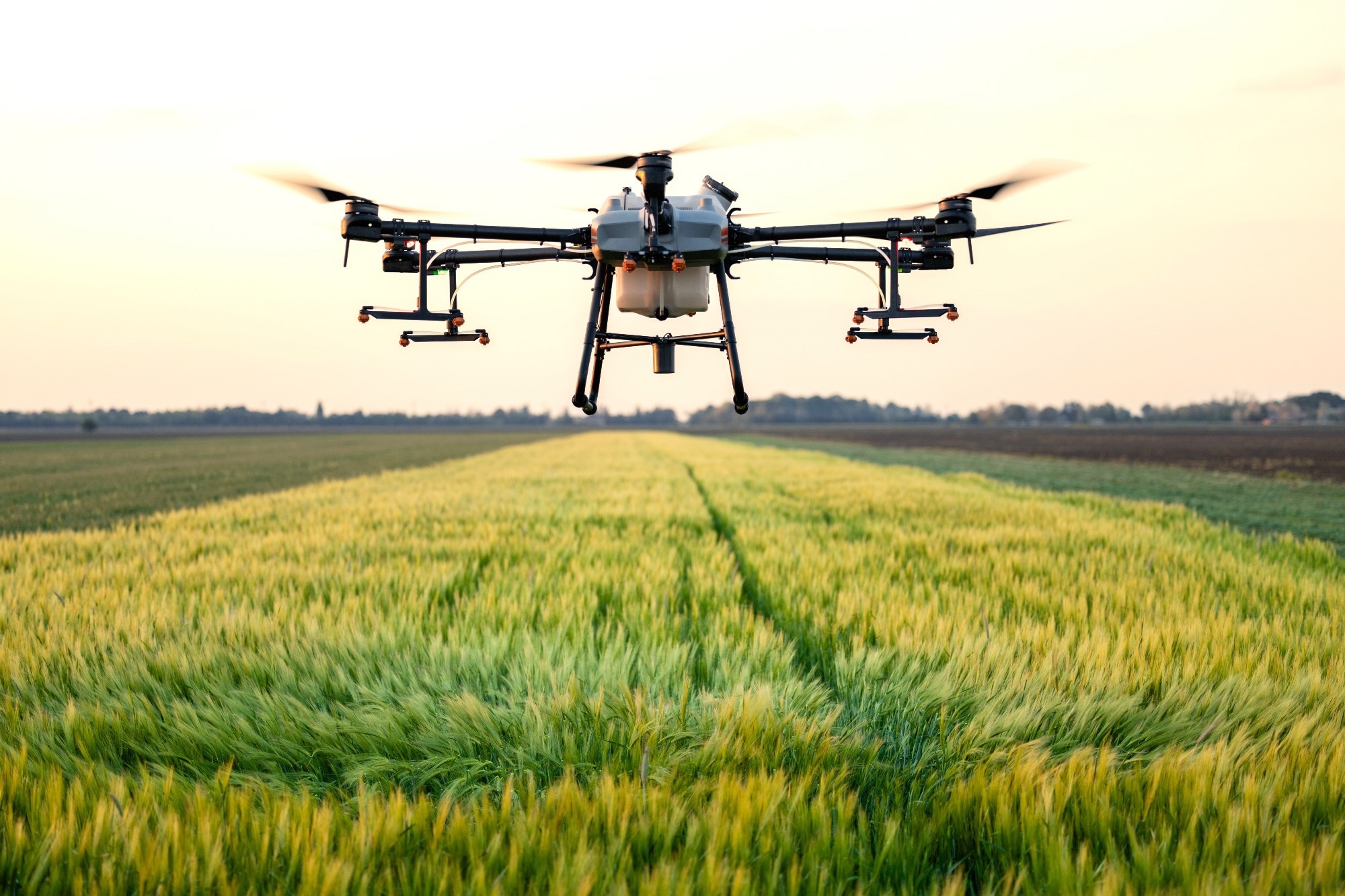
Image Credit: Aleksandar Malivuk/Shutterstock.com
Guardian Ag, co-founded by Adam Bercu and Charles Guan, is tackling the dangers of traditional crop-spraying aviation with robust, electric-powered drones. Capable of carrying 200-pound payloads and spraying across 18-foot swaths, these drones use aerospace-grade materials to deliver pesticides more precisely and with fewer risks than manned aircraft.
The technology behind this system addresses a longstanding issue in agricultural aviation: the significant danger posed to human pilots flying low-altitude, high-speed missions.
By eliminating pilots, these drones reduce fatal crashes and environmental pollution while improving operational efficiency for large-scale farms. With demand surging and field trials underway in California, Guardian Ag is expanding fast and eyeing broader applications in logistics.
A Dangerous Industry Gets a Safer Alternative
Agricultural aviation remains one of the most hazardous jobs in farming. Pilots must fly small aircraft at roughly 140 mph just feet above crops, often while carrying hundreds of pounds of chemicals. After witnessing the inherent risks, Bercu and Guan - drawing from their roots in the MIT makerspace community - set out to replace manned aircraft with large-scale autonomous drones.
These drones are powered by electric batteries, making them well-suited for short, high-intensity missions like pesticide spraying. With a payload capacity of 200 pounds and an 18-foot spray range, they combine efficiency with precision. Compared to traditional combustion engines, electric systems minimize emissions and improve accuracy, reducing chemical runoff and environmental impact.
With strong early adoption and hundreds of millions in pre-orders, Guardian Ag is now ramping up production.
Engineering for the Field
Built for performance and resilience, Guardian Ag’s drones feature 80-inch rotors, custom battery systems, and materials typically found in aerospace applications. The design draws heavily from the founders’ backgrounds in robotics and electric vehicle development, experience honed during their time with MIT’s Battlebots team.
The system is fully autonomous, with farmers using a dedicated app to map flight paths and oversee spraying operations. Quick battery swaps during tank refills minimize downtime, allowing each unit to deliver 1.5 to 2 tons of payload per hour, on par with conventional tractors or manned aircraft. The drones’ precision targeting also reduces chemical waste and helps limit pesticide drift.
Working closely with the Federal Aviation Administration (FAA), Guardian Ag played a key role in shaping new safety guidelines for large agricultural drones, helping to clear a path for future commercial use. Early feedback from California growers has been promising, with users citing better safety and improved operational efficiency.
From MIT Workshop to Agricultural Solution
Bercu and Guan’s journey began in MIT’s maker community. Guan, a mechanical engineering alum, and Bercu, a self-taught engineer, combined their skills and interests to build a 600-pound drone prototype from spare parts. The real breakthrough came when they shifted their focus to agriculture - a sector where aerial spraying still leads to 1–2 % fatality rates annually among crop duster pilots.
Seed funding from MIT’s E14 Fund helped turn their prototype into a commercial product, and direct conversations with farmers refined the technology. Today, Guardian Ag operates out of a 60,000-square-foot facility in Massachusetts and is preparing for large-scale deployment.
While agriculture remains the primary focus, the company sees potential for its drone platform in other high-risk sectors like offshore logistics and mining. Still, their immediate goal is to bring safer, more sustainable spraying solutions to farms nationwide.
Looking Ahead
Guardian Ag’s autonomous drones offer a practical and much-needed update to agricultural spraying, removing the risks of manned flights while improving environmental and operational outcomes. By merging engineering ingenuity with on-the-ground farming needs, the startup is delivering a safer, more efficient solution.
Disclaimer: The views expressed here are those of the author expressed in their private capacity and do not necessarily represent the views of AZoM.com Limited T/A AZoNetwork the owner and operator of this website. This disclaimer forms part of the Terms and conditions of use of this website.